Subfamily Dipterocarpoideae | Scientific name Shorea | |
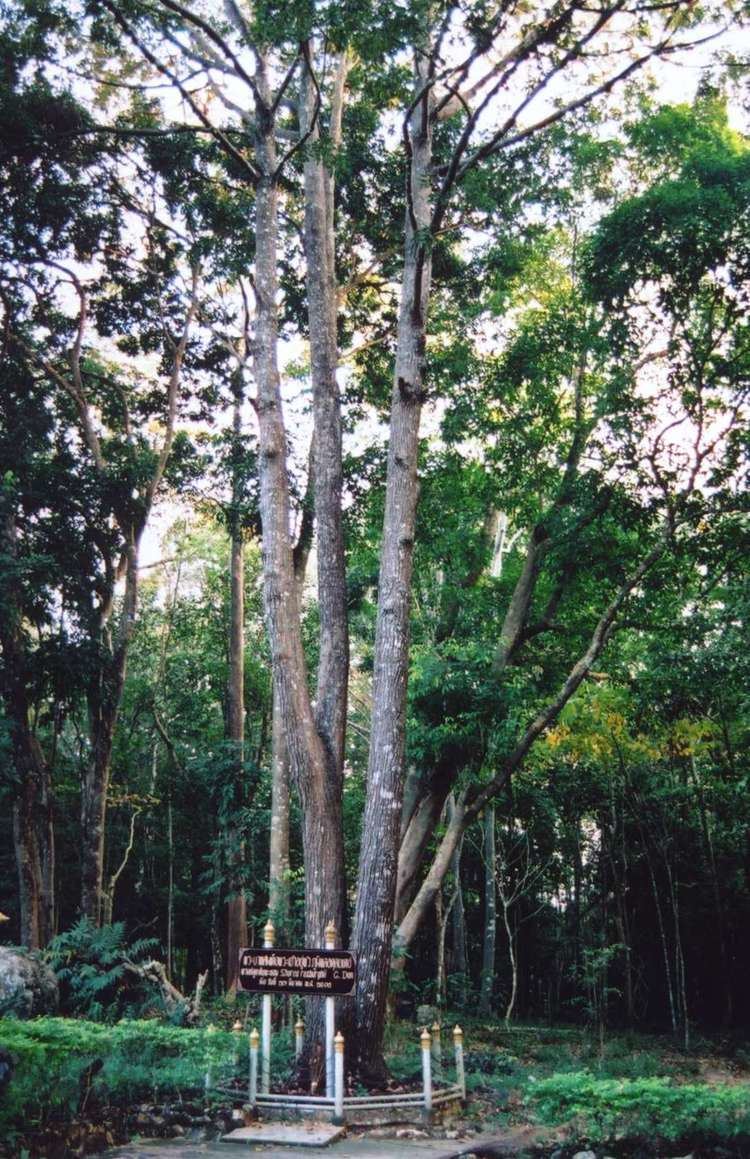 | ||
Lower classifications Shorea laevis, Sal tree, Shorea leprosula, Shorea roxburghii, Red lauan | ||
Shorea is a genus of about 196 species of mainly rainforest trees in the family Dipterocarpaceae. The genus is named after Sir John Shore, the Governor-General of the British East India Company, 1793–1798. They are native to Southeast Asia, from Northern India to Malaysia, Indonesia and the Philippines. In west Malesia and the Philippines this genus dominates the skyline of the tropical forests. The tallest documented tropical angiosperm is an 88.3-metre-tall Shorea faguetiana in the Tawau Hills National Park, in Sabah on the island of Borneo, and in that park at least five other species of the genus have been measured to be over 80 m tall: S. argentifolia, S. gibbosa, S. johorensis, S. smithiana and S. superba. Borneo is also the hotspot of Shorea diversity with 138 species, of which 91 are endemic to the island.
Contents
- Promising medicinal plants for gonorrhoea 1 shorea robusta pankaj oudhia
- Reproductive biology
- Economic uses
- Conservation status
- References
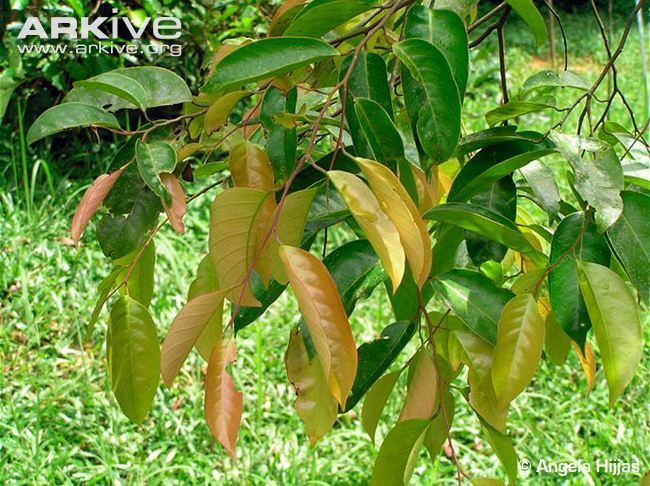
Many economically important timber trees belong to the genus, sold under names including "meranti", "lauan", "luan", "lawaan", "seraya", "balau", "bangkirai" and "Philippine mahogany".
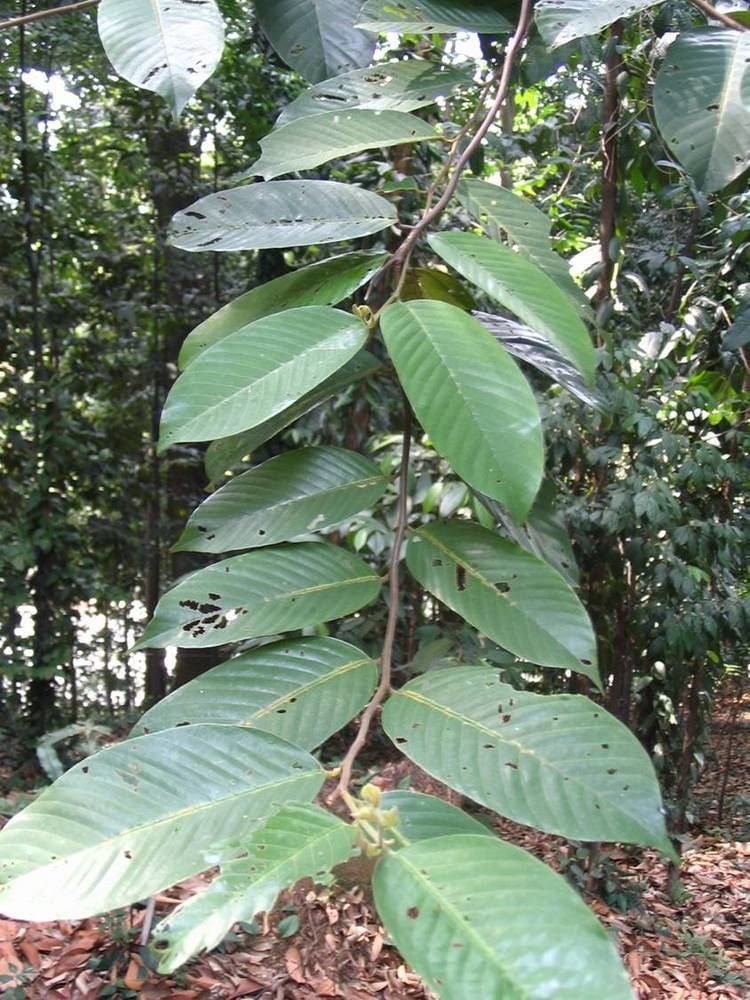
Promising medicinal plants for gonorrhoea 1 shorea robusta pankaj oudhia
Reproductive biology
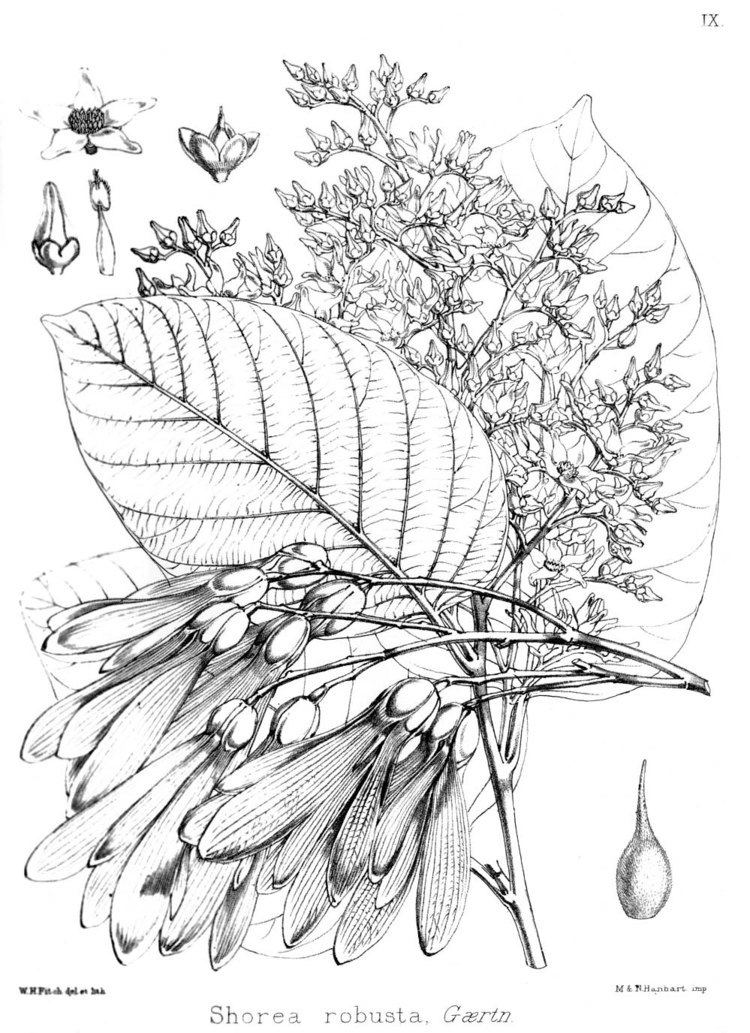
The majority of Shorea are general flowering species. General flowering is an event that occurs at irregular intervals of 3–10 yr, in which nearly all dipterocarp species together with species of other families bloom heavily. It is thought that general flowering evolved to satiate seed predators and/or to facilitate pollination. It appears that both explanations hold merit. Flowering is thought to be triggered by droughts that occur during transition periods from La Niña to El Niño. It is suggested that the magnitude of a flowering event is dependent on the timing of the droughts associated with the El Niño southern oscillation (ENSO) cycle, with the largest events occurring after an interval of several years with no flowering.
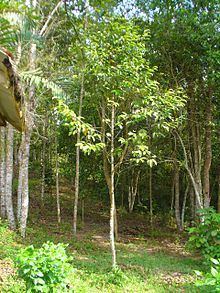
Shorea are insect pollinated and a variety of insects have been implicated, with species within the sections of Shorea sharing the same insect pollinators. Flowering within a section is sequential within one habitat and species association to prevent competition for pollinators.
Economic uses
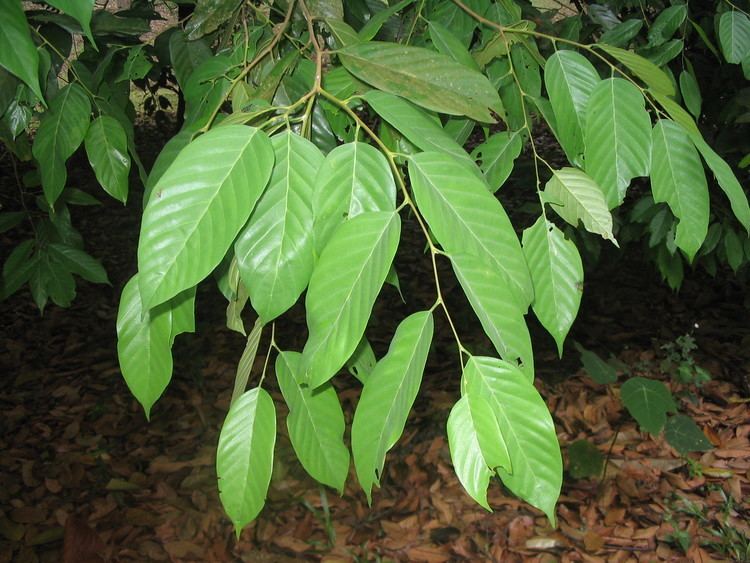
Many economically important timber trees belong to Shorea. They are sold under various trade names including "Meranti", "Lauan", "Lawaan", "Seraya", "Balau", "Bangkirai" and "Philippine mahogany". (For a list of species associated with each name, see the article on Dipterocarp timber classification). Other products from Shorea spp. include dammar and Illepe. Dammar is a resin collected from a variety of species. It varies in colour among the different taxonomic groups. Shorea wiesneri is listed in many websites as an important source of dammar; however, this appears to be either a trade name or a synonym.
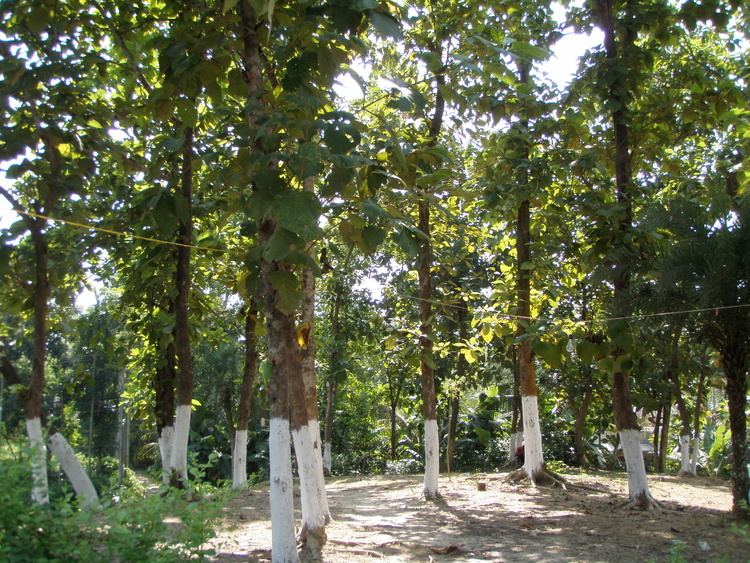
The "Philippine mahogany" sold in North America is not a mahogany at all, but a mixture of woods from the genus Shorea.
Conservation status
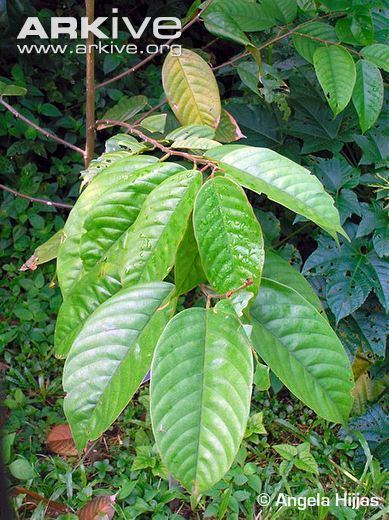
One hundred and forty eight species of Shorea are currently listed on the IUCN Redlist, the majority of which are listed as being critically endangered. There are some concerns regarding the IUCN's listing of Dipterocarps, as the criteria used to assess the level of threat are based mainly on animal population characteristics. This is thought to overstate the threat assessment, when applied to long-lived habitat-specific organisms such as trees. Furthermore one species reportedly extinct, on the IUCN Red list, Shorea cuspidata is reported to be common in the Bako National Park and also present in the Lambir National Park. The Shorea species page gives threat classifications.
